Walking Dead, The (1936)
“What effect did the experience of death have on his subconscious mind?”
|
Synopsis: |
|
Genres, Themes, Actors, and Directors:
Review: Given the enormous popularity of Frankenstein (and Universal Studios’ eagerness to bank upon its successes), these thematic connections are not all that surprising — nor, sadly, is the fact that The Walking Dead pales in comparison. The film’s primary problem lies in its underdeveloped narrative and characters. There’s a weak attempt at a romantic subplot between Gwenn’s over-worked assistants (played by Marguerite Churchill and Warren Hull), but this goes absolutely nowhere: … and speaking of Gwenn, his “mad doctor” is frustratingly opaque. It’s difficult to think of Gwenn as anything other than a jolly do-gooder, yet here he blithely fools around with a man’s existence to fulfill his own curiosities about death — all the same, we’re left unsatisfied in terms of knowing how exactly we’re meant to react to him and his motivations. Karloff, however, is fine from beginning to end — as with his Monster, he injects his troubled protagonist here with extraordinary pathos throughout. Meanwhile, director Michael Curtiz and DP Hal Mohr do a fine job playing up the atmospheric nature of the screenplay, which cleverly incorporates gangster elements into its storyline; Ricardo Cortez as the lead gangster responsible for boldly sending Karloff to the electric chair is particularly well cast. Redeeming Qualities and Moments: Must See? Links: |



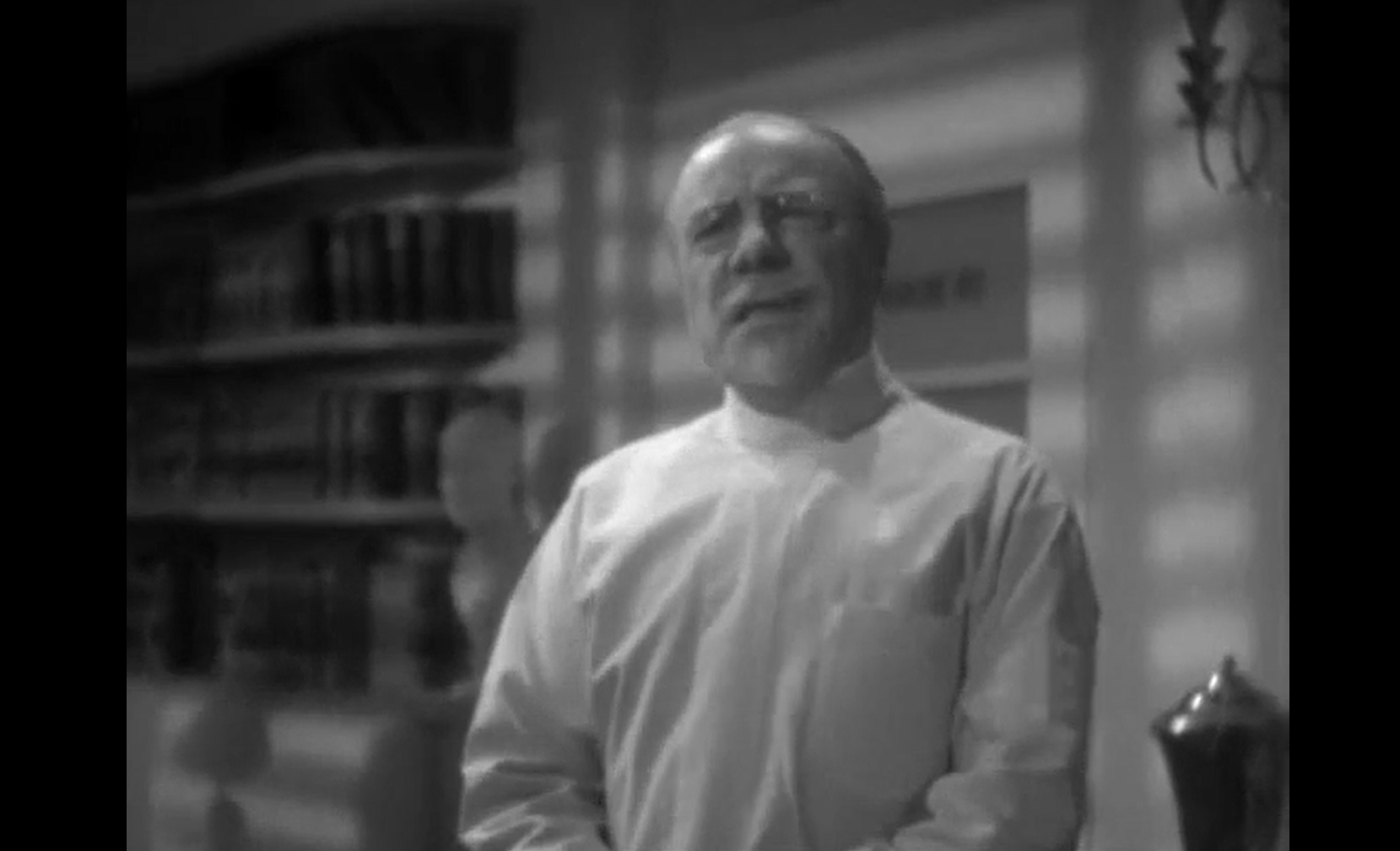
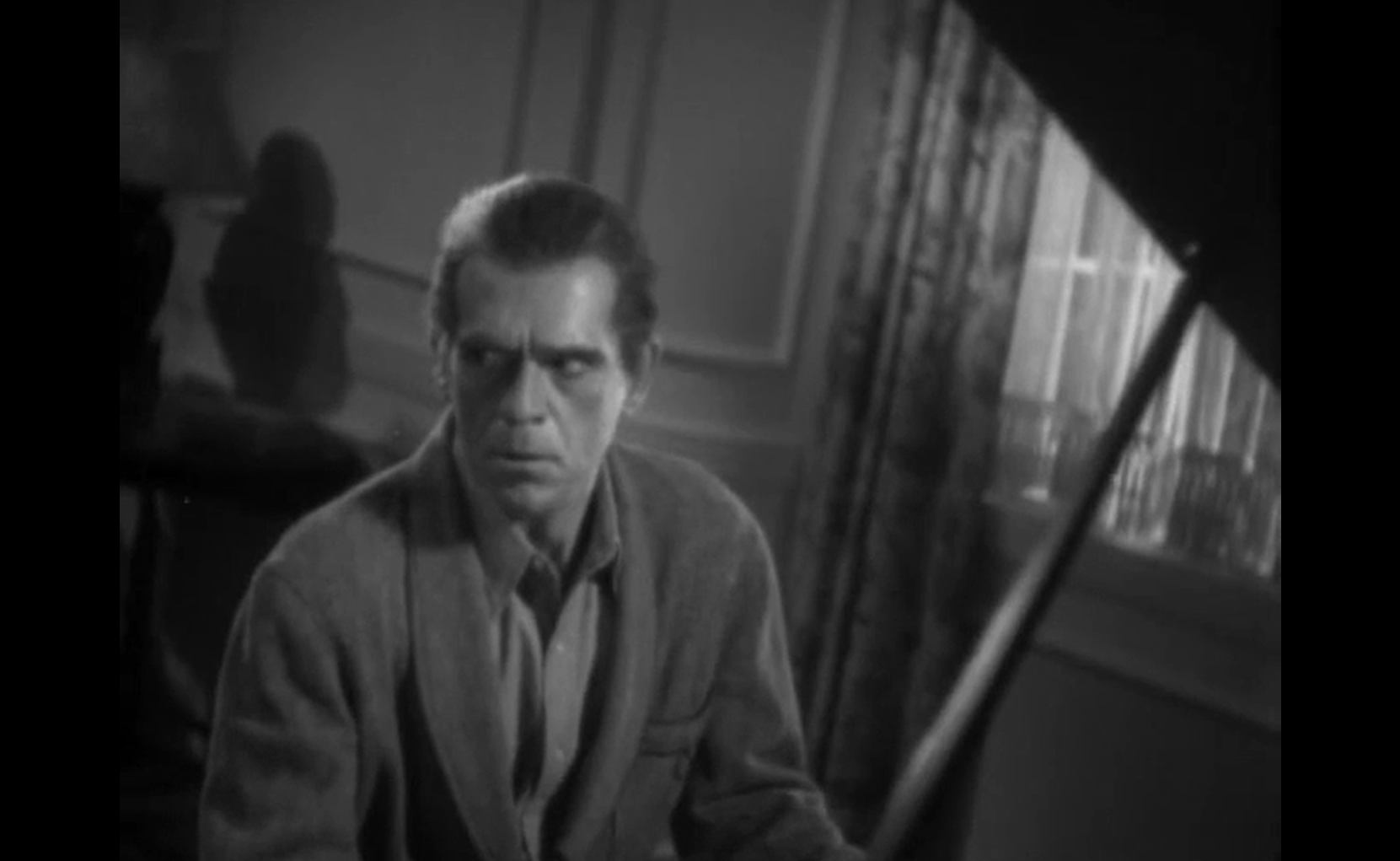
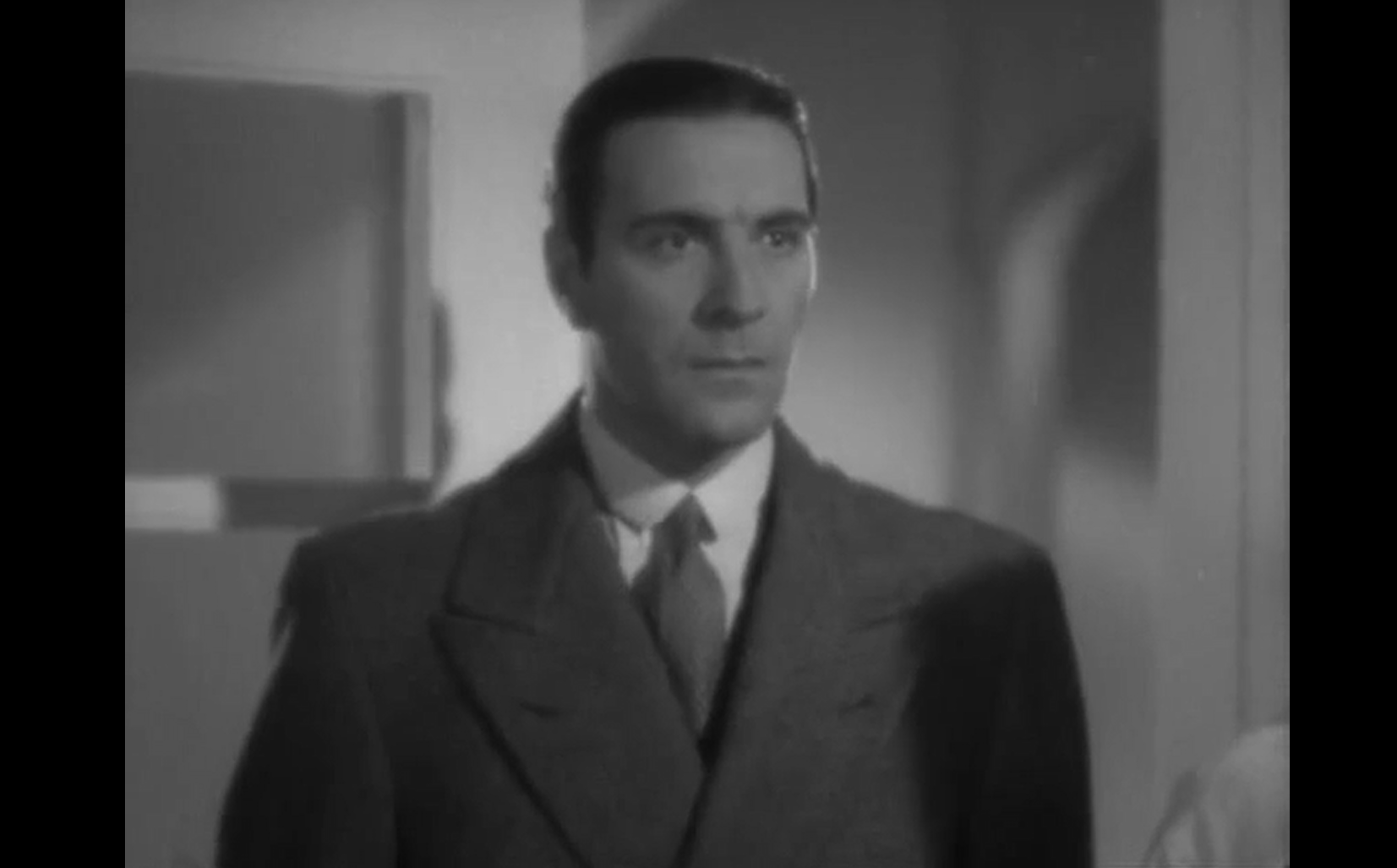
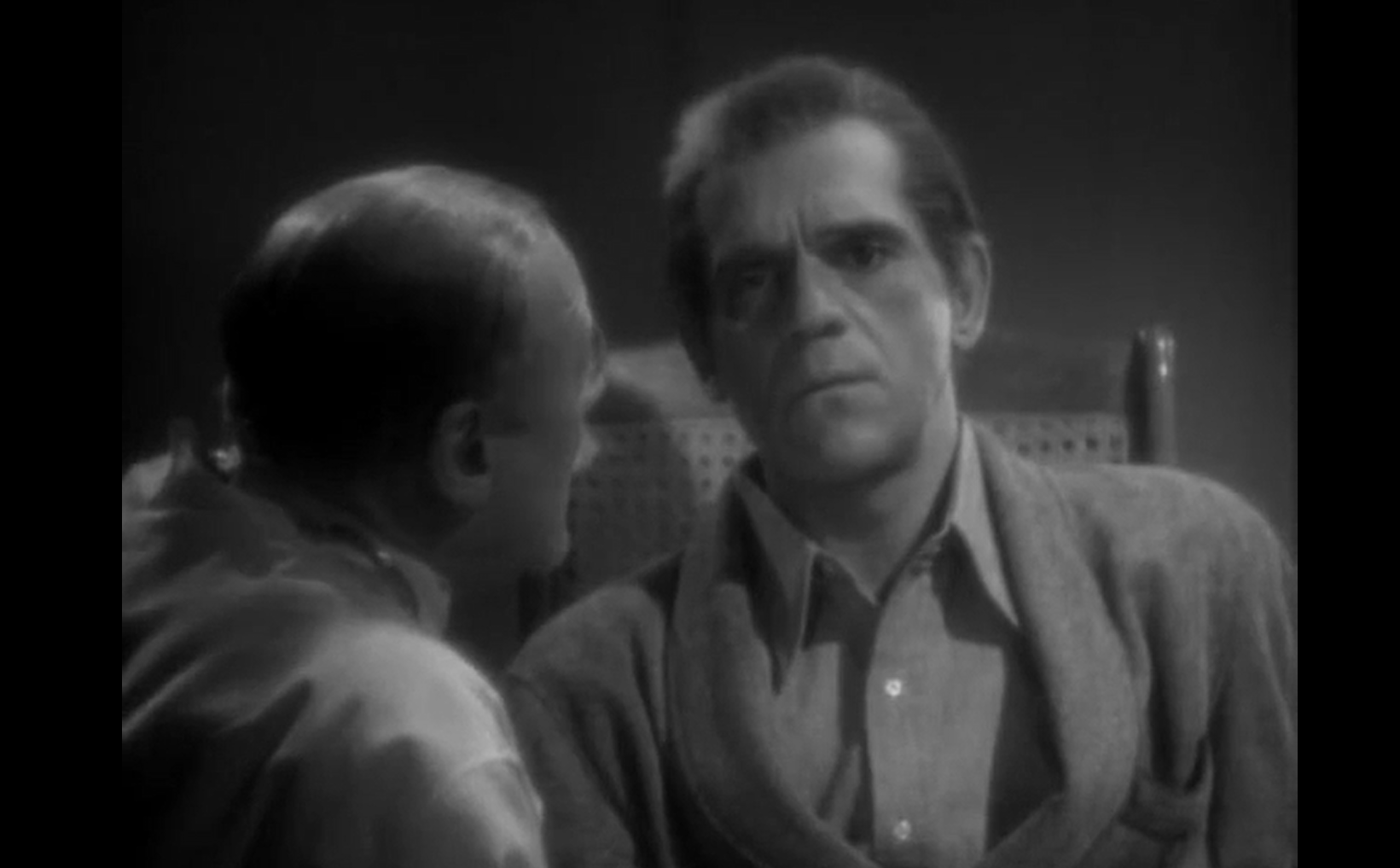
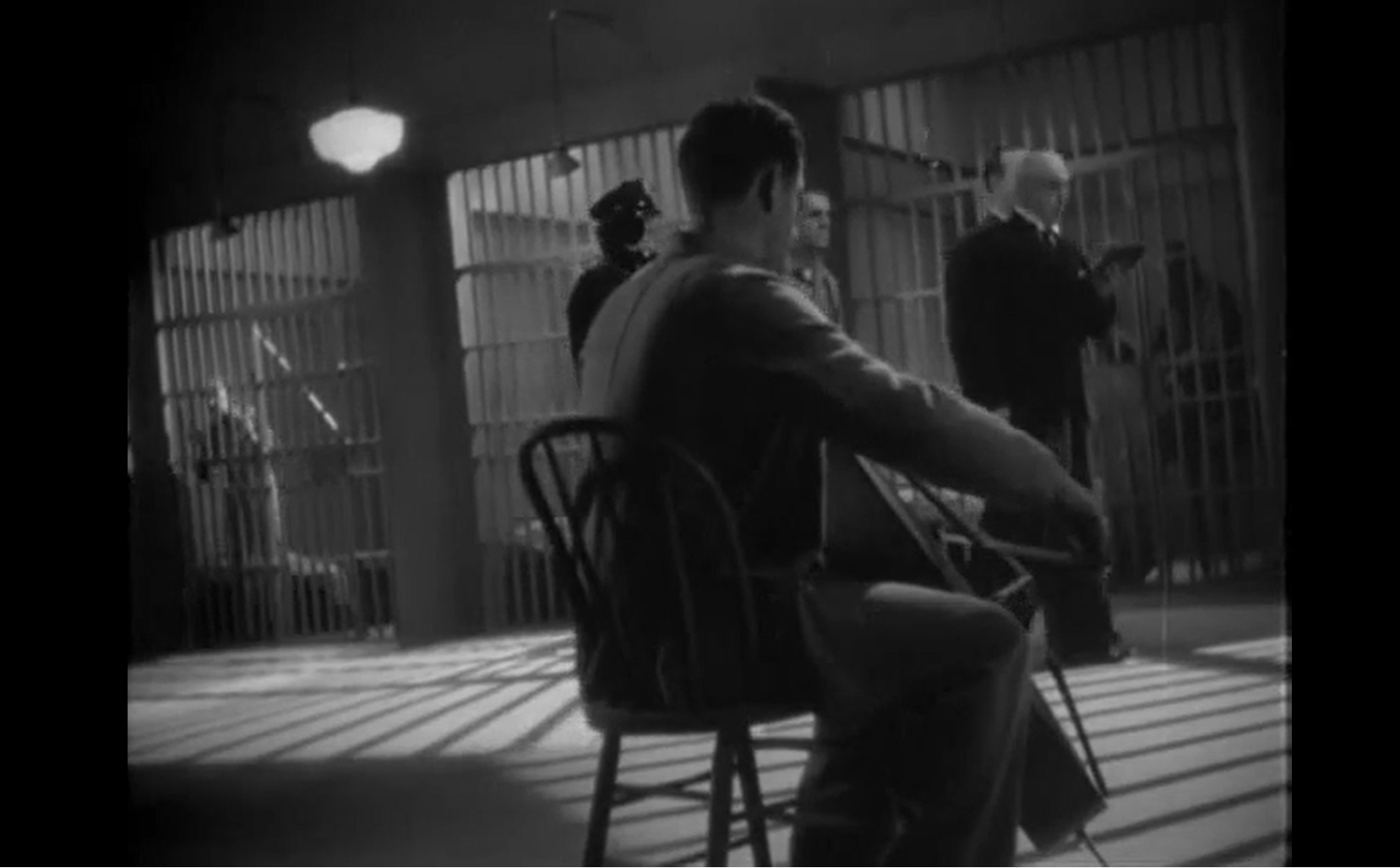
2 thoughts on “Walking Dead, The (1936)”
First viewing. A once-must, as a unique blend of Universal horror with Warner Bros. crime drama. Clearly WB saw what ‘Frankenstein’ brought to the box office for one of its competitors and saw an opportunity to cash in for its own studio.
The assessment given points out certain strengths in this film – even though (agreed) it’s not up to the standards of ‘Frankenstein’ (which takes more time developing its story details). With what it has working in its favor, however, it’s effective-enough on its own and, with Curtiz turning in his dependable-as-usual work as director, the result is a rather gripping 65 minutes that seem to fly by – esp. in the last 20 minutes, when the unexplained (and left that way) supernatural factor kicks in.
The film also has an interesting noir element (long before noir came into vogue), as it largely deals with an innocent man whose fate is sealed.
All told, a satisfying flick.
Agree – a once-must. It checks a number of boxes:
1. Fine noir start – complements of Michael Curtiz.
2. Boris Karloff – sympathetic when alive, and haunting when he was “reborn.”
3. Great and nerve-racking tension leading up to his execution.
4. A doctor capable of “Dr. Frankenstein” like nature defying, but completely not mad (played by the future Kris Kringle!)
Frankly, this compact film served what it set out to do, and I thoroughly enjoyed it.